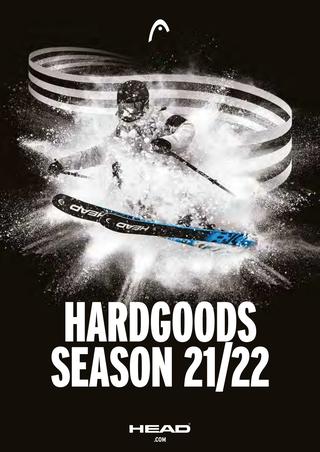Tip vibrations are not attenuated by the ski construction before they reach your feet. Well, they are, but barely as a ski only has about 1-2% of damping... this is very small!! If something attenuate them it is the snow.
A lot of vibrations in skiing is coming from directly under your boot. You can't do much to change that. That is just an edge catching and releasing from the snow. No matter what ski you have (stiffness, mass, damping), that section will always behave exactly the same for the same motion on snow.
I am not arguing that some construction are not better than other. But they can be in many ways. Can you really say that you have been testing skis by isolating all variables beside damping?
The rubber layer is used to prevent the delamination between two materials of highly different stiffness (i.e., the steel edge and composite fiber). The rubber that is typically used in ski construction has relatively low damping compared to other rubber-like material. That is why they use rubber to make sling shot... it returns a lot of the energy you put in it!
You can read this: Comparative Study of Ski Damping Technologies by Accelerance Maps -
https://www.mdpi.com/2504-3900/49/1/49. This is similar to what you are suggesting, i.e., vibrating a ski and measuring it. We use a instrumented hammer like Dakine is suggesting.
In that paper, we tested most technologies available on the market to damp skis. None really made a difference (beside one that involved putting a 300 g oil bag on your ski). We tested constrained layer damping by plastering a ski with that rubber/metal laminate. Doesn't do much in the lab. It is what is used in Rossignol VAS and it what it seems like Sandwich Tech is doing (not sure, their website is very vague). You can buy constrained layer damping material in many car shops to reduce the vibration/sound that your car body is generating. Buy some and put it onto your skis. It will improve its sounds response. You will also add mass by doing this, but it would still be interesting to see if you can feel a difference on snow. If it does, I will eat my tongue. And you won't need to buy expensive skis anymore, you could just add a few dollar of rubber to any model you like!

This paper also confirm that Völkl UVO technology doesn't change much in lab measurements and is not feel by skiers during blind on-snow tests:
https://www.mdpi.com/2504-3900/2/6/305/pdf. I mean, the first version of their "damper" released to the public didn't even move in the right direction to expect that this damper could create damping! They changed the direction of motion in the following years!!
Head has an piezo and computer chip system to reduce vibrations on certain models. However, their own engineers showed that it doesn't really work or is realistic:
https://www.researchgate.net/publication/245481344_Active_vibration_damping_of_the_alpine_ski. I seen on many models that the "chip" is now just a sticker. However, Head skis do feel different on snow... and they do something very different and interesting with the torsional stiffness. They locally boost the torsional stiffness of many of their model at the tip and tail.
Renoun... well... I will just say that I can't wait to see more about their methodology/results for what they claim is a 300% decrease in vibration with their tech. I am not saying that these skis are not feeling different on snow... after all, they are digging channels in the core and fill them with a soft foam... that can certainly change a lot of thing beside damping.
All skis compagnies need to have something to say when they try to sell you a ski. All companies will try to tell you that they have something to damp vibrations because it seems like something that people like to talk about (probably due to the importance of damper in car racing). Almost 100% of it is pure marketing. That is why we want to provide real measurements. For now, we start with geometry, EI and GJ. We could and will expand our measurements...
Let say we were to record the sound a ski make when we hit it in the store. That is easy to do, but it also brings a lot of questions. How do you correlate that to on-snow feel? Which part of the sound is important (e.g., the difference between a "thud" and a "ping" is mostly the frequency, not in damping)? Does it correlate to the lower frequencies that you will feel in your feet/body? We could bypass that and just put a wav file on our website so that you can hear the sound without going to a shop. However, can you convince me that it is worth investing in the sound recording equipment and spending the time doing that test for each of the 1000 skis we measure per year? How valuable is that information for you? How many "older models" out there want that info?
I feel there are better ways to reduce the vibrations that you feel through your body. I will write more about it later...






 .
.